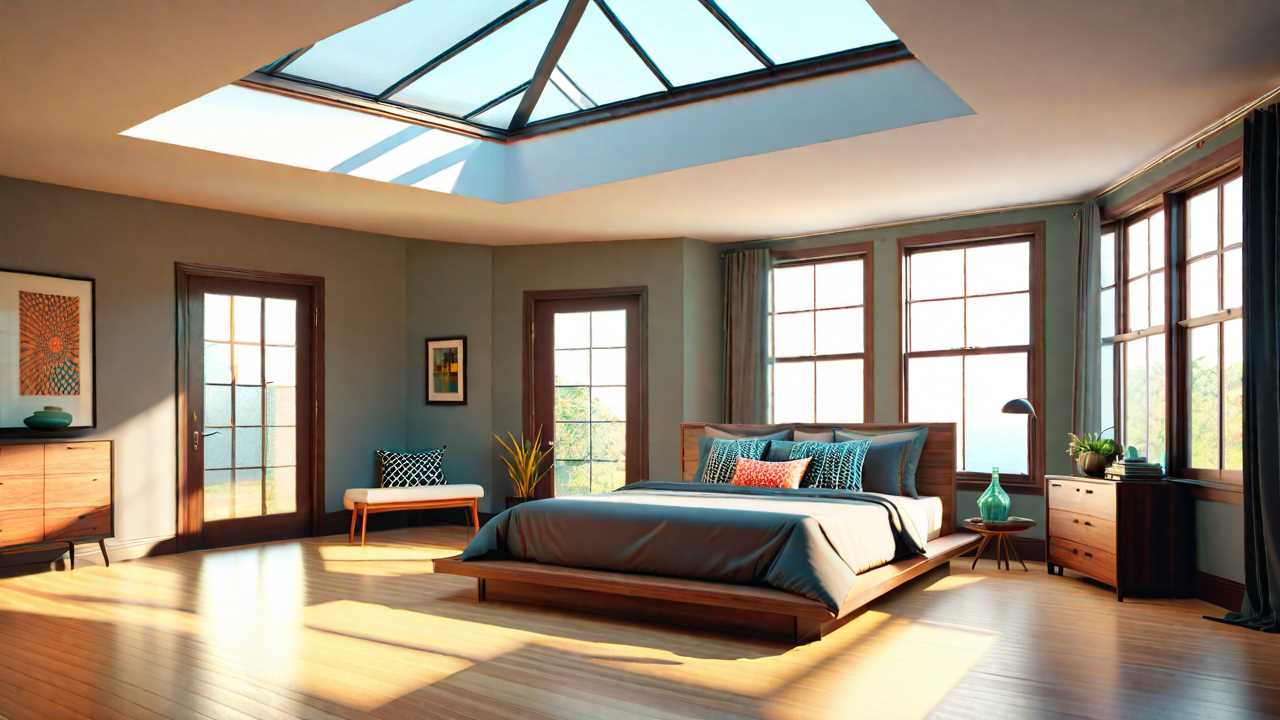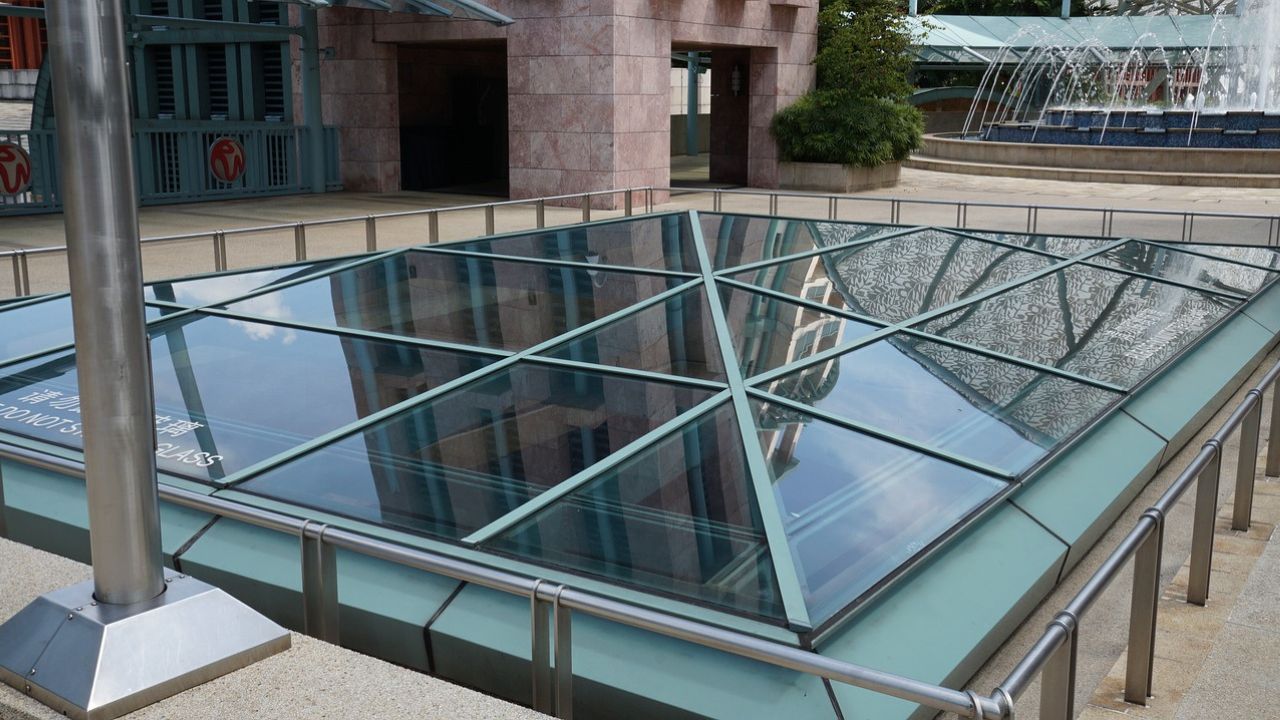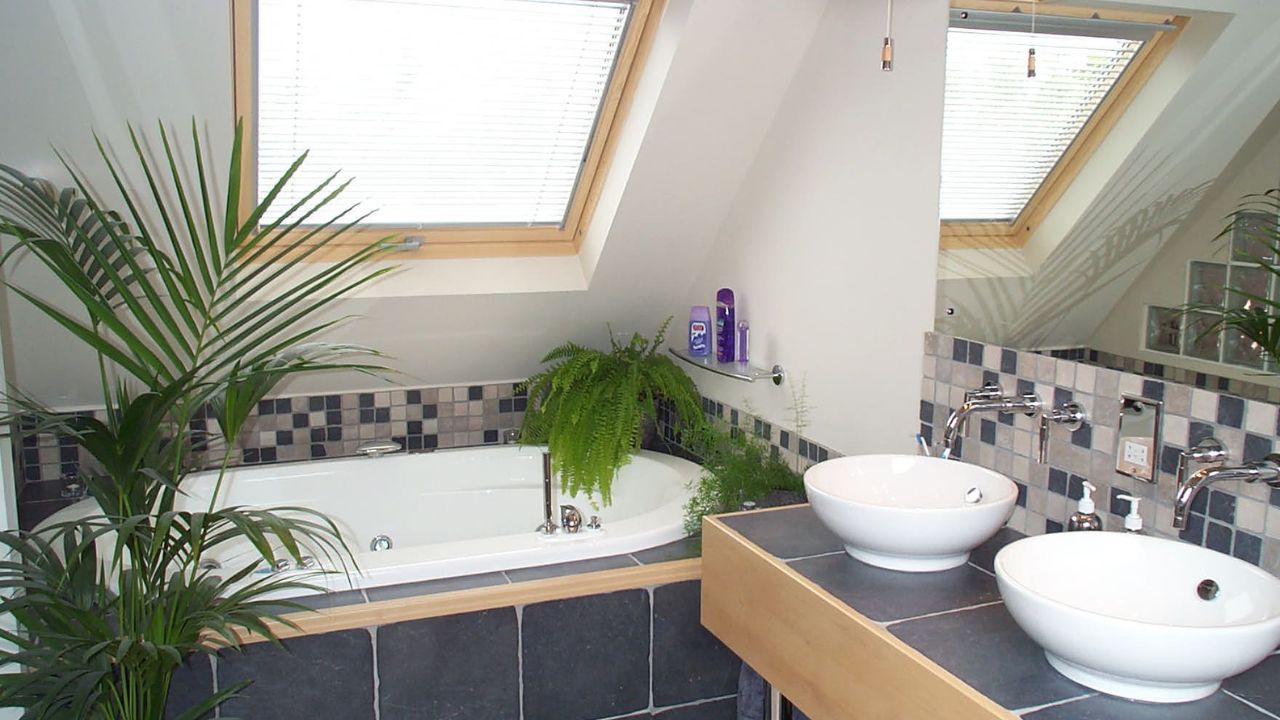
Imagine a symbol of efficiency, delving into the power of the sun to brighten your space and lighten your energy load. Skylights offer more than just a view; they provide a natural and sustainable way to illuminate your surroundings. But are there more benefits hidden within these overhead windows? Let’s investigate how skylights can transform your energy usage and environmental impact.
Listen to this Article
Natural Light Source
Using skylights as a natural light source improves energy efficiency by reducing the need for artificial lighting during daylight hours. By harnessing the power of natural sunlight, skylights provide a cost-effective solution that not only saves on electricity bills but also contributes to a more sustainable way of living. The strategic placement of skylights allows for ideal light penetration into your space, minimizing the reliance on traditional lighting fixtures.
When considering the energy efficiency of skylights, it’s essential to understand how they impact the overall thermal comfort of your environment. Properly designed skylights can help regulate the internal temperature by allowing natural light to enter, reducing the need for additional heating or cooling systems. This passive approach to lighting and temperature control can significantly decrease energy consumption and lessen your carbon footprint.
Incorporating skylights as a primary source of natural light is a practical and eco-friendly choice for those seeking to improve their living or working environment while reducing energy usage. Embracing the benefits of skylights not only illuminates your space but also contributes to a greener, more sustainable future.
Passive Solar Heating
Passive solar heating optimizes energy efficiency by utilizing sunlight to naturally warm indoor spaces, reducing the reliance on conventional heating systems. When contemplating the benefits of passive solar heating in conjunction with skylights, it’s important to grasp its impact on energy consumption.
Here are four key points to ponder:

- Cost Savings: Passive solar heating can lead to significant cost savings on energy bills by reducing the need for artificial heating.
- Environmental Impact: By harnessing the power of sunlight, passive solar heating helps reduce carbon emissions and lowers the overall environmental impact of heating systems.
- Comfort and Well-being: The warmth provided by passive solar heating not only boosts comfort but also contributes to a sense of well-being in indoor spaces.
- Energy Independence: Embracing passive solar heating promotes energy independence by relying less on external energy sources, giving you more control over your energy consumption.
Incorporating passive solar heating through skylights is a smart choice for those seeking energy-efficient solutions that align with sustainable living practices.
Energy Savings
How can skylights contribute to enhancing energy savings in your indoor spaces?
Skylights are a valuable asset in terms of saving energy in your home or building. By allowing natural light to illuminate your space, skylights reduce the need for artificial lighting during the day, leading to lower energy consumption. This is especially beneficial in areas where daylight is limited or during the winter months when days are shorter.
Moreover, skylights can also help with reducing the need for mechanical ventilation systems by providing natural ventilation. This can lead to decreased reliance on air conditioning during mild weather, further cutting down on energy usage and costs. Additionally, skylights can assist in passive solar heating, reducing the need for heating systems to work overtime during cold seasons.
Reduced Carbon Emissions
Skylights can significantly reduce carbon emissions by decreasing the reliance on artificial lighting and mechanical ventilation systems in indoor spaces. This reduction in energy usage translates to a direct impact on the environment.
Here’s how skylights contribute to lowering carbon emissions:
- Natural Light Utilization: Skylights allow natural light to flood indoor spaces, reducing the need for artificial lighting. This not only cuts down on electricity usage but also decreases the carbon footprint associated with generating that power.
- Passive Ventilation: By providing natural ventilation, skylights diminish the necessity for mechanical ventilation systems that consume energy. This leads to a decrease in carbon emissions from power plants generating electricity for these systems.
- Energy Conservation: With reduced reliance on artificial lighting and ventilation, the overall energy consumption in buildings decreases, lowering carbon emissions released during energy production.
- Environmental Impact: The collective effect of these energy-saving features of skylights helps in preserving the environment by curbing carbon emissions, contributing to a greener and more sustainable future.
Enhanced Indoor Environment
Diminishing the reliance on artificial lighting and mechanical ventilation systems, skylights play a pivotal role in improving the indoor environment. By allowing natural light to penetrate deep into a space, skylights not only reduce the need for electric lighting but also create a more visually comfortable environment. The quality of natural light provided by skylights can positively impact occupants, promoting a sense of well-being and productivity.
In addition to lighting benefits, skylights aid in optimizing ventilation within a building. They can be strategically positioned to facilitate passive ventilation, allowing fresh air to enter and circulate throughout the space. This natural ventilation helps regulate indoor temperatures, reduce the buildup of pollutants, and create a healthier indoor environment.

Furthermore, skylights contribute to the connection between indoor spaces and the outdoors. The views of the sky and surrounding environment provided by skylights can enrich the overall ambiance of a room, fostering a sense of openness and connection with nature. Overall, skylights play an important role in creating a more pleasant and inviting indoor environment.
Frequently Asked Questions
Do Skylights Require Regular Maintenance for Optimal Energy Efficiency?
For peak energy efficiency, skylights do require regular maintenance. Clear debris, check for leaks, and guarantee proper insulation. Keep track of any wear or damage to preserve their functionality and prevent energy loss.
Can Skylights Be Installed in All Types of Roofs?
Yes, skylights can generally be installed in various roof types, including flat, sloped, and pitched roofs. Consider factors like roof material, structure, and location for best placement and efficiency.
Are There Any Privacy Concerns Associated With Skylights?
Yes, privacy concerns with skylights exist due to potential visibility from above. Solutions include using blinds, shades, or films. Proper installation and placement can minimize these concerns, ensuring comfort and privacy in your space.
Do Skylights Contribute to Heat Loss in the Winter?
Yes, skylights can contribute to heat loss in the winter if not adequately insulated. Make sure skylights have double or triple glazing and are airtight to prevent heat escape. Consider energy-efficient skylights to minimize heat loss.
What Are the Different Types of Skylights Available for Homes?
When considering skylights for your home, you can choose between fixed, ventilating, tubular, and custom designs. Each type offers unique benefits like natural light, ventilation, or space-saving options to improve your living environment.